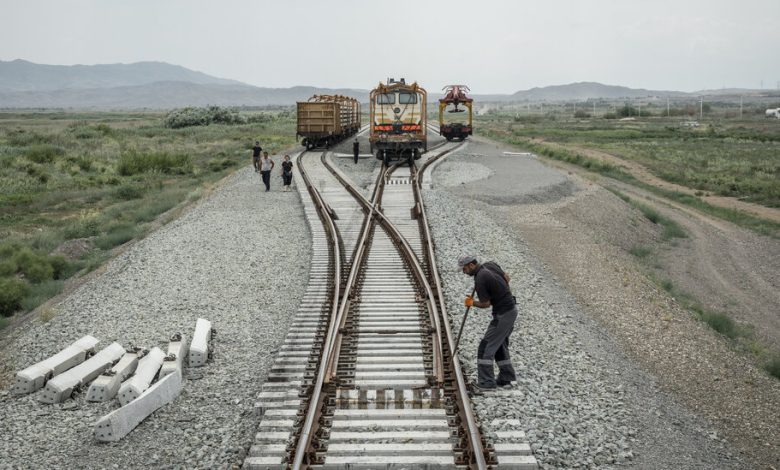From Moscow to Mumbai: Russia Pivots South for Trade

For centuries, trade with Europe was the main pillar of Russia’s economy.
The war in Ukraine ended that, with Western sanctions and other restrictions increasingly cutting Russia off from European markets. In response, Moscow has expanded ties with the countries more willing to do business with it — China to the east, and, via a southern route, India and the countries of the Persian Gulf.
That southern route has now become a focus of Russian policymakers as they try to build infrastructure for their plans to pivot away from the West for good. The effort faces challenges, including questions over financing, doubts over the reliability of Russia’s new partners, and threats of Western sanctions targeting countries that trade with Russia.
A key part of the southern plan is a 100-mile $1.7 billion railway set to begin construction this year that would be the final link in a route between Russia and Iranian ports on the Persian Gulf — providing easy access to destinations like Mumbai, India’s trading capital. Russia has agreed to loan Iran $1.4 billion to finance the project.
“As Russia’s traditional trade routes were largely blocked, it had to look at other options,” said Rauf Agamirzayev, a transport and logistics expert based in Baku, Azerbaijan, referring to the southern route.
Russia has found numerous ways to skirt the Western trade restrictions, bringing in things like machinery from India and arms from Iran, as well as a host of consumer goods — often through Gulf countries and Turkey — that the government sees as crucial for showing Russians that it can maintain living standards during a time of war.

Unloading cargo at the port in Baku. The Azerbaijani authorities expect a surge of freight through the facility in coming years.



